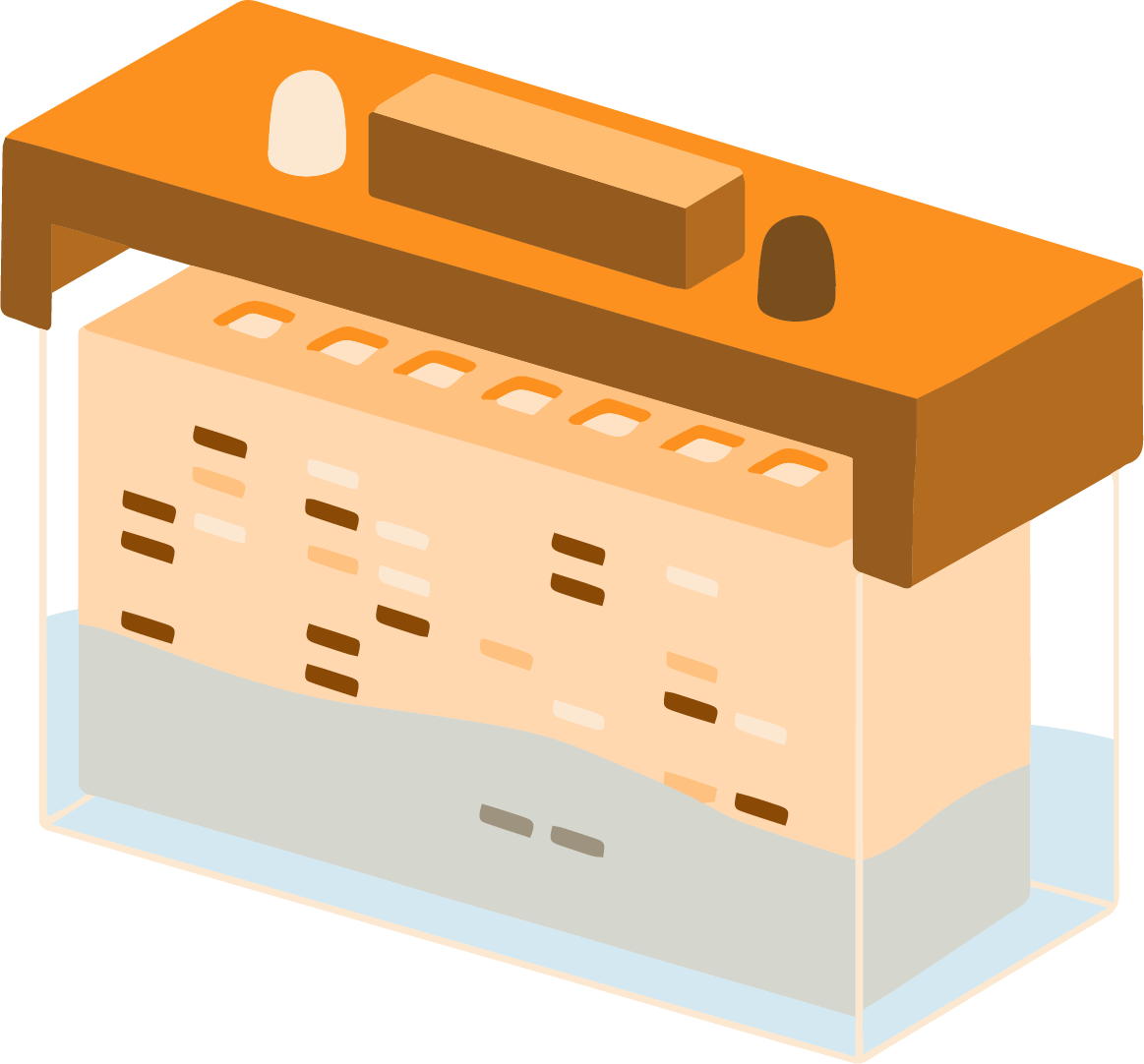You can use this widget to input arbitrary HTML code into the page. Invalid HTML code may cause issues with the preview pane.
Secondary antibodies resources
Alexa Fluor secondary antibodies
Biotinylated secondary antibodies
Enhancing Detection of Low-Abundance Proteins
9 tips for detecting phosphorylation events using a Western Blot
Western Blotting with Tissue Lysates
Immunohistochemistry introduction
Immunohistochemistry and Immunocytochemistry
Immunohistochemistry troubleshooter
Chromogenic and Fluorescent detection
Preparing paraffin-embedded and frozen samples for Immunohistochemistry

Tips for detecting proteins in tissue lysates
What kind of gel is most appropriate for SDS-PAGE in Western Blotting?
When starting a Western Blot experiment it is important to establish the best gel. A typical agarose gel will have a concentration of between 1 - 15%, depending on the weight of the protein. Generally, a protein of interest with a high molecular weight is likely to travel at a much slower pace as that of a low weight protein, when moving through the same concentration of gel.
But in addition to this, during the separation process of proteins it is better to go for a lower percentage and vice versa.
For detecting one protein only, using non-gradient gels is advisable, but when a range of proteins needs to be visualized, using gradient gels is the way to go. If the voltage is higher than needed, the bands on the gel can curve.
Why choosing the right lysis buffer is so important?
Using the correct buffer ensures higher efficiency and reliable results. It is advisable to take in account several factors: pH, type of denaturants and detergents used, and ionic strength.
The most common buffer is RIPA (radioimmunoprecipitation assay buffer). Because the cellular location of the protein of interest is also important, you should consider that before picking a buffer. An example of this is the difference between RIPA and Tris-HCl buffers. When extracting nuclear proteins RIPA is better suited and for cytoplasmic proteins Tris-HCl is better.
Furthermore, tissue fractionation might be needed if you have to enrich low-abundance proteins, usually located in the membrane.
Additionally, it is important to know the needed amount of lysis buffer. Using the size-weight of the tissue and also considering the buffer to tissue ratio can help achieve reliable lysis.
How to inhibit protein degradation?
When the cell membrane gets disrupted, enzymes get released. These enzymes can potentially degrade the proteins, even if the samples are kept on ice. One way to inhibit the protease activity is to add strong denaturing agents (urea) to the buffer.
The downside of this method is that the integrity of some proteins can be affected. Because of this, lysis buffers are treated with protease inhibitors like PMSF, leupeptin, pepstatin or aprotinin.
What membrane should I use?
The two types of membranes used are polyvinylidene difluoride (PVDF) and nitrocellulose. PVDF excels at stripping and reprobing due to its high mechanical strength. On the other hand, nitrocellulose doesn’t require methanol treatment and has higher signal/noise ratio.
When choosing a membrane type, considering the pore size is also important, because it affects the binding efficiency of larger proteins.
Which controls are suitable?
Using positive and negative controls to guarantee the specificity of the primary antibody is highly advisable. For a positive control you can use a tissue with previously reported high levels of the protein of interest or recombinant proteins.
For a negative, samples with zero expression of the needed protein or only secondary antibody controls is advisable.
Lastly, using a knockout sample is also recommended evaluating the specificity of the antibody
